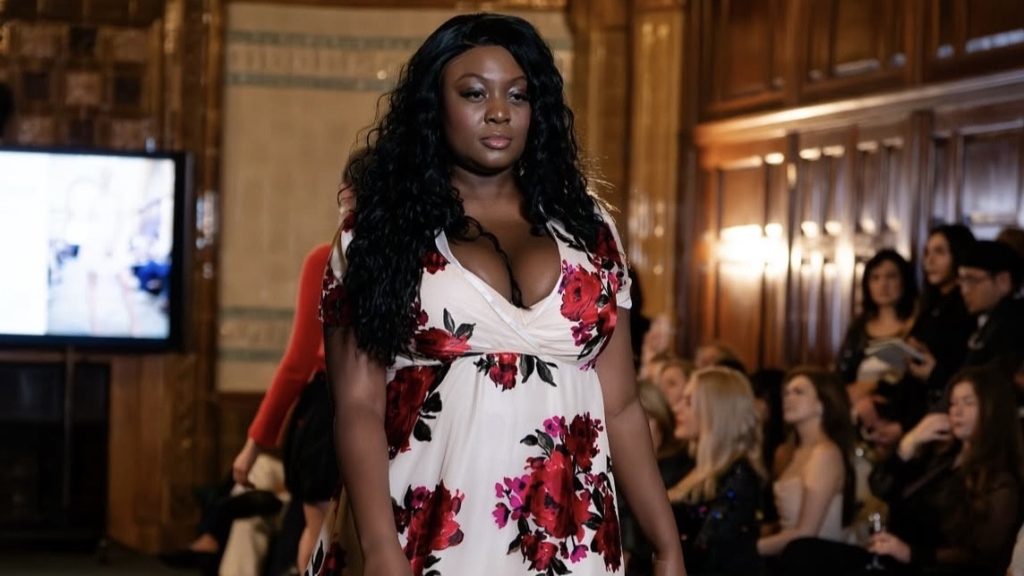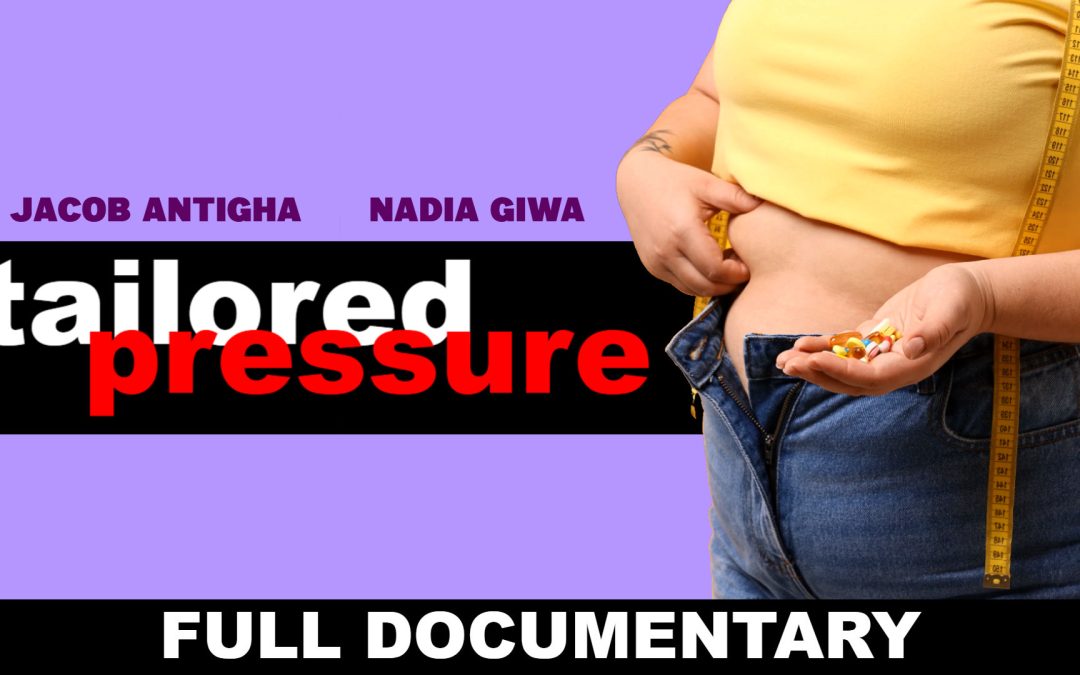We offer each of our trainees a summer bursary of up to £1,000 every summer of their degree to spend on journalism work experience or a journalism project, giving them the unique opportunity to travel and explore the areas of journalism they are passionate about.
School of Journalism trainee Jacob Antigha shared how he used his bursary creating a documentary about extreme body standards in the modelling industry.
This summer I decided to use my £1,000 summer bursary to write, shoot and edit my own documentary.
It is the medium that got me into journalism after studying film for 3 years and looking up to the likes of Oscar-winning documentarian Michael Moore.
Body image issues is a topic that, while is getting more and more coverage, is still a taboo subject matter due to how personal it is and how difficult is is for people to be vulnerable and talk about it, especially on camera.
This initially put me off the topic at first but after some thought, I chose to reach out to model and Models of Diversity ambassador Nadia Giwa.
To me she seemed like the perfect person to interview as she is outgoing as a person and due to the nature of her job, she would be as entertaining to watch as she would be informative to listen to.
Furthermore, once Nadia came to mind I had the idea to focus a documentary on body dysmorphia to be specifically about body dysmorphia in the modelling industry since she’s a working model and I’m a firm believer that even the most thorough research doesn’t beat real-life accounts.

With my documentaries I like to choose topics that have wide appeal yet a specific focus by choosing to hone in on one area within a larger topic.
For example my last documentary, Little Lagos, was ultimately about immigration but by choosing to only focus on Nigerian immigration to Peckham it gave a more local feel to a topic that is in national headlines.
I started work on the film by mapping out rough bullet points of topics I wanted to cover in the documentary like what body dysmorphia is, how it manifests for models and how one can begin their journey towards self-love.
Next I interviewed Nadia for around 3 hours then looked over the interview transcript to see what she discussed, shaping what I would cover in the film so the interview footage would match my narration rather than having a finished script then shoehorning in interview footage to match.
Before the interview I made sure to have an open conversation with Nadia about any boundaries to create a space where she felt in control of how her story was told.
I started writing the script by researching the size-zero era of the 2000s and the ongoing lack of inclusivity in fashion.
I found examples of models like Kate Moss who were forced to go to extreme lengths to keep working, and I uncovered statistics that showed just how deeply body dissatisfaction runs in the UK.
Nadia has walked for names such as Vogue, River Island, Ann Summers and many more.
While in the writing process, I shot b-roll around London, including Oxford Street, where billboards, mannequins and high-street ads present one version of beauty while the crowds themselves tell another story.
I also spent time sourcing archive footage from fashion shows to magazine covers to show how body standards have shifted, and in many ways stayed the same.
As this is my third documentary and my fourth year making films, I didn’t learn much in terms of the core principles of filmmaking, however there are always new editing techniques I like to try out and learn from.
For the first time I incorporated sound effects and music tracks to improve upon my sound design to add an extra dimension to the film.
Often I struggle with the balance between education and entertainment in my films so hopefully these additions help it feel less like a lecture and more like a narrative film.
The same could also be said for my improved colour grading as it was my first time using DaVinci Resolve.
It was a steep learning curve that took a month or so to wrap my head around but eventually I got the hang of it and my film suddenly had a pop of colour.
None of it would have been possible without the bursary from the School of Journalism which gave me the opportunity to make a documentary that I hope sparks conversation and challenges assumptions about beauty and body image.
You can also find me on Instagram here.
You can read more of our summer bursary blogs here.
Sign up to our free The School of Journalism taster sessions here.

